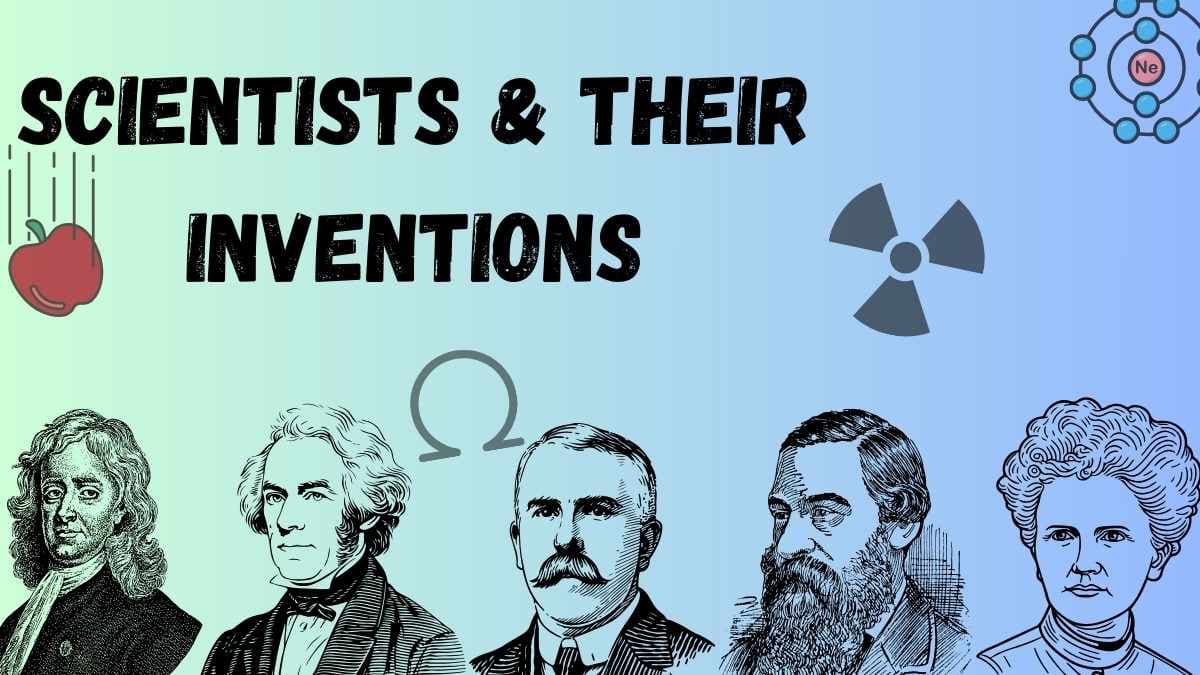- ORCHIDS Bannerghatta
- ORCHIDS BTM Layout
- ORCHIDS CV Raman Nagar
- ORCHIDS Haralur
- ORCHIDS Hennur Road
- ORCHIDS Horamavu
- ORCHIDS Jakkur
- ORCHIDS Jalahalli
- ORCHIDS JP Nagar
- ORCHIDS Kadugodi
- ORCHIDS Kanakapura Road
- ORCHIDS Kengeri
- ORCHIDS Magadi Road
- ORCHIDS Mahalakshmi layout
- ORCHIDS Majestic
- ORCHIDS Makali
- ORCHIDS Mysore Road
- ORCHIDS Nagarbhavi
- ORCHIDS Panathur
- ORCHIDS Rajaji Nagar
- ORCHIDS Sahakar Nagar
- ORCHIDS Sarjapur Road
- ORCHIDS Vijaya nagar
- ORCHIDS Whitefield
- ORCHIDS Yelahanka
- ORCHIDS Yelahanka II
- Hyderabad
- Chennai
- Kolkata
- Gurgaon
- Indore
- Delhi NCR
- Delhi
- NCERT Solutions For Class 1
- NCERT Solutions For Class 2
- NCERT Solutions For Class 3
- NCERT Solutions For Class 4
- NCERT Solutions For Class 5
- NCERT Solutions For Class 6
- NCERT Solutions For Class 7
- NCERT Solutions For Class 8
- NCERT Solutions For Class 9
- NCERT Solutions For Class 10
- NCERT Solutions For Class 11
- NCERT Solutions For Class 12
- CBSE Syllabus For Class 1
- CBSE Syllabus For Class 2
- CBSE Syllabus For Class 3
- CBSE Syllabus For Class 4
- CBSE Syllabus For Class 5
- CBSE Syllabus For Class 6
- CBSE Syllabus For Class 7
- CBSE Syllabus For Class 8
- CBSE Syllabus For Class 9
- CBSE Syllabus For Class 10
- CBSE Syllabus For Class 11
- CBSE Syllabus For Class 12
- Sample Papers
- Calculators
- Poems for Kids
- Stories for Kids
- Blogs
- More
Login
List of Famous Physics Scientists and Their Inventions
Harshitha |
Scientist and Their Inventions |
2024-10-01 |
mins read


Orchids The International School is one of India's leading chains of CBSE and ICSE schools, with 100+ schools across the country.
Quick Links
Our Schools
Copyright @2025 | K12 Techno Services Pvt. Ltd. ®










